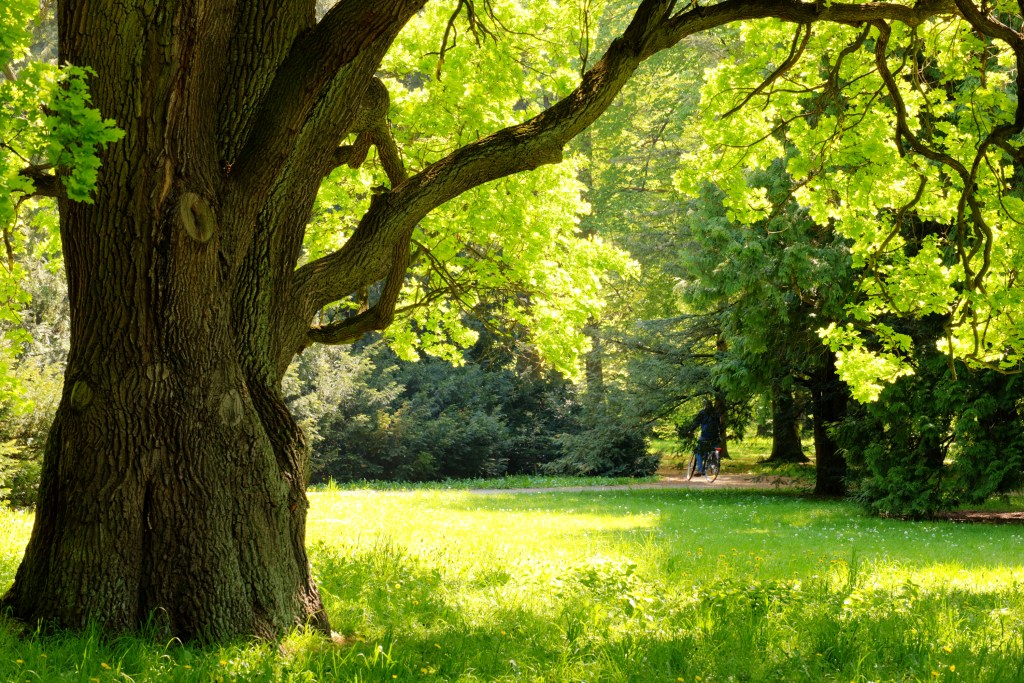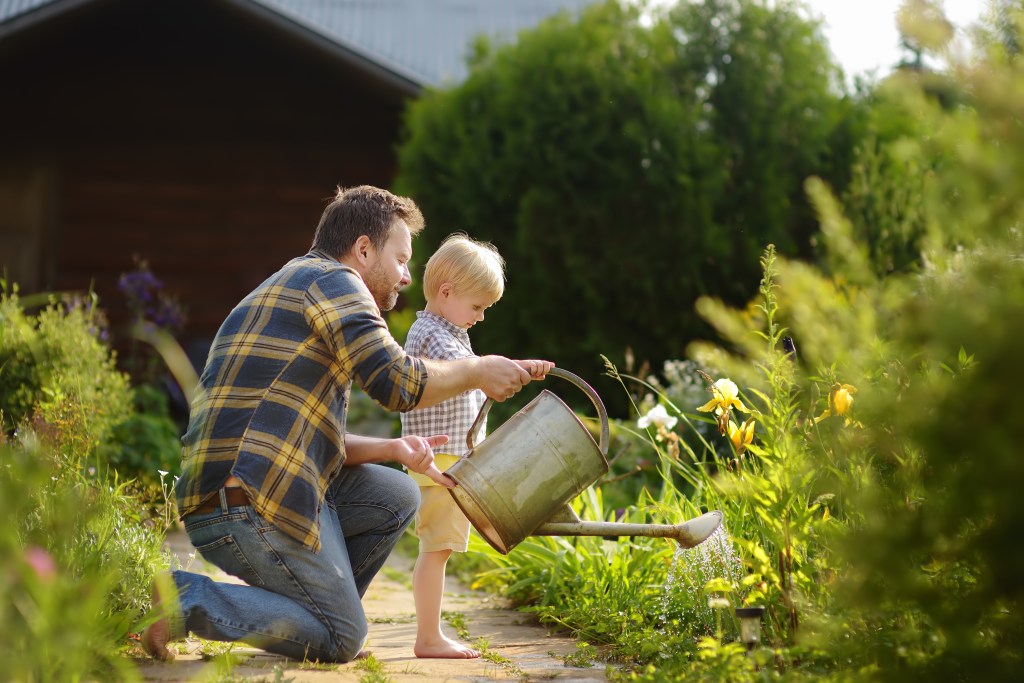Climate change describes a trend of climatic shifts caused by the greenhouse effect, observed since the mid-20th century.
While greenhouse gases occur naturally in earth’s atmosphere, human activities produce more carbon dioxide, methane, nitrous oxide, and fluorinated gases than ever before seen in history. High volumes of greenhouse gases trap radiation in the atmosphere, resulting in gradually warmer temperatures and extreme weather conditions on Earth.
The rate of greenhouse gas emissions steadily climbed over the course of a century. The world produced 5 billion tons of carbon dioxide in 1950, slightly higher than the rate 50 years prior: 2 billion tons. The number skyrocketed to 22 billion tons by the 1990s, only 40 years after that. By 2019, world emissions of carbon dioxide alone reached 36 billion tons each year.
Carbon dioxide remains in the atmosphere much longer than methane. Compared with other greenhouse gases, carbon dioxide accounts for more warming associated with human contribution due to its long atmospheric life. Human activities tied to greenhouse gas emissions include burning fossil fuels, disposing of organic waste in landfills, and our industrial and agricultural practices.
Impact on gardeners
Climate change raises concerns for the future of gardens due to plants’ reliance on natural occurrences, or biotic interactions. Plants, either cultivated in a garden or growing in natural environments, depend on variables like precipitation, temperature, and interactions with pollinators and herbivores. Gardeners also rely on tracking these factors to better care for their plants.
Climate change impacts plants’ biotic interactions by shifting the benefits and costs of these interactions.
“We need to move towards the idea that it’s biotic interactions that those plant species experience, which is certainly affected by climate, but that that’s the larger signal,” said Ray Dybzinski, an assistant professor and plant ecologist within Loyola University’s School of Environmental Sustainability in Chicago. “That unfortunately makes it a lot harder to predict what’s going to happen.”
Dybzinski studies how climate change impacts plant traits, as well as how plant traits affect climate change. He also studies regenerative agriculture to address how to improve the sustainability of industrial farming practices.
Climate change creates unpredictable conditions for plant life, because the climate is only a single variable in determining the survival of plant species. Coupled with biotic interactions, and the way those are also impacted by our shifting climate, scientists predict that over time the climate crisis will force plants to evolve or move to new regions, or else be outcompeted by other plant species.
In other words, plants can’t all simply move to warmer regions; the survival of plants, pollinators, and herbivores are linked within their ecosystems.
“We can imagine that evolution will happen as climate change happens as it has in the past. I mean, we had glaciers in this area just 10 thousand years ago,” Dybzinski said. “We can imagine the evolution is happening, but the pace in which it happens may not keep pace with the pace of climate change right now.”
Consider forests—trees can live 10 to 200 years before they’re turned over by mother nature, their knowledge passed on through their offspring. Hundreds of years of natural selection and genetic mutations can’t move as fast as humans today can generate greenhouse gases.

“It just becomes more challenging to really know what’s going to happen each year. It’s so unpredictable. It’s always been unpredictable—I mean, I’ve lived in the Midwest my whole life and no two years are the same,” said Richard Hawke, associate scientist and plant evaluation manager at the Chicago Botanic Garden. “But things seem greater than they did in the past.”
Each year, Hawke runs comparative trials within the Plant Evaluation Program to evaluate plants’ adaptability to environmental conditions, diseases, and pests. The program also surveys plants’ ornamental attributes and wear hardiness.
The longterm effects remain unpredictable, but scientists foresee dramatic changes as high polluters fail to curb emissions. Depending on their home region, some gardeners already feel short term effects potentially tied to the climate challenge, like greater seasonal unpredictability or extreme weather conditions. This poses new uncertainty for the future of gardening schedules and practices.
“We’re in a drought right now. Again, taking whether this is a seasonal thing, an annual thing, or a period thing versus a bigger picture with climate, it is a little bit different,” Hawke said. “But bottom line is: when we’re getting weather [and] when we’re getting water impacts how people garden.”
Climate change poses a significant threat to pollinators as well, interrupting their natural cues to migrate or enter dormant periods.
Monarch butterflies, for example, must migrate in the fall to overwintering sites in Mexico, or a few spots along the coast of California. Plants rely on monarch butterflies’ two-way migration each year, but scientists have surveyed declines in migration.
“Our classic [example] is asclepias curassavica, which is not hearty for us in the north, but people [here] grow that and it blooms really late because it’s not on our clock… As long as it stays warm, it keeps blooming,” Hawke said. “Well, the problem is that monarchs hang around for it. And then they don’t go where they need to [and] they don’t go when they need to go.”
Due to unpredictable fall temperatures, gardeners in the north may unintentionally disrupt the migration of monarch butterflies. Scientists suspect other factors may also contribute to this phenomenon, including extreme drought conditions, high pesticide use, and habitat loss due to human development.
The role of gardeners
A single gardener’s actions can’t dramatically alter the ozone; however, gardeners collectively play a part in promoting sustainable practices, reducing carbon emissions, and educating others about the costs of climate change.
“If everybody was gardening—and everybody was minimizing their food miles, eating a plant-rich diet, and taking care of their soils so that soil is sequestering carbon—at scale, that becomes a big part of our solution,” Dybzinski said. “I think I would encourage gardeners to view themselves as little models of our happy future.”
Limiting reliance on industrial agriculture helps households reduce greenhouse gas emissions. The global food system accounts for a quarter of greenhouse gas emissions worldwide. Harvesting fruits and vegetables from a backyard or community garden also prevents the emissions necessary for the transportation of those goods.
Home or community gardeners can help their local ecosystems through caring for their soil, thus creating a healthy environment to absorb and store carbon.
“Soil has the potential—if it’s healthy soil—to lock carbon up in what are called micro-aggregates, or aggregates, that are resistant to breakdown and store that carbon for long periods of time,” Dybzinski said. “And that takes healthy soil, that takes soil with a living community of bacteria, fungi, and a living community of roots.”
Gardeners can amend their soil with compost and organic material to improve soil structure and feed microorganisms. Plant growers should also minimize their use of pesticides and herbicides to avoid indirect harm to the microbial community in the soil. Overuse of pesticides can inadvertently harm pollinators, too.
Through composting food waste, households can also divert organic biomass from landfills, reducing their production of greenhouse gases that trap heat in the atmosphere. Organic matter, such as food waste or yard trimmings, start to decay without access to sunlight or oxygen; the decay then produces detrimental levels of methane, a dangerous greenhouse gas responsible for climate change.
Along with amending soil with compost, gardeners should do what they do best: plant more greenery. Plants, especially trees, help mitigate the acceleration of climate change by storing carbon.

“Trees do this tremendously because they have wood, which is carbon-rich and super long-lived. It even decomposes really slowly,” Dybzinski said. “But all plants contribute to this in so far as they contribute to carbon stored in soil.”
In home or community gardens, people should also avoid overwatering and eliminate synthetic fertilizers that may pollute water sources. Climate change has been tied to extreme weather conditions, including increased heat waves and droughts. Limiting water use helps preserve resources for these events.
“In the Phoenix area, it’s so green. It’s not meant to be green,” Hawke said. “Think of the resources we use to create a Midwestern or East Coast environment in Phoenix, instead of just going with what is native there and natural there.”
Understanding the soil and the needs of specific plants helps prevent overuse of water and additives. Planting native flowers and vegetables allows the soil to meet plants’ needs without the same reliance on manipulation from gardeners. Households with yards can consider trading gasoline-powered machinery for human-powered tools, such as hand clippers or rakes, to reduce household emissions if they’re able to do so.
Caring for plants helps people bond with the Earth, providing them with a deeper understanding of what we could lose if we fail to address climate change.
“By gardening, a person is really thinking about soil and thinking about food at an intimate level,” Dybzinski said. “They’re putting themselves into a worldview that is changing their larger outlook on the industrial food system and our current environmental crises, and I think it’s putting them in a good place.”
Knowledge of plants’ needs can translate into a passion to help protect the Earth, empowering gardeners to demand change from lawmakers and seek out the largest contributors to the climate crisis. On a micro level, gardeners can be intentional in their relationship with Mother Earth and live sustainably—and influence friends, family, and neighbors to do the same.
“It may be little things, but it’s all interconnected,” Hawke said. “Little things that you do that you think are inconsequential may very well affect others you’re not even aware of.”



